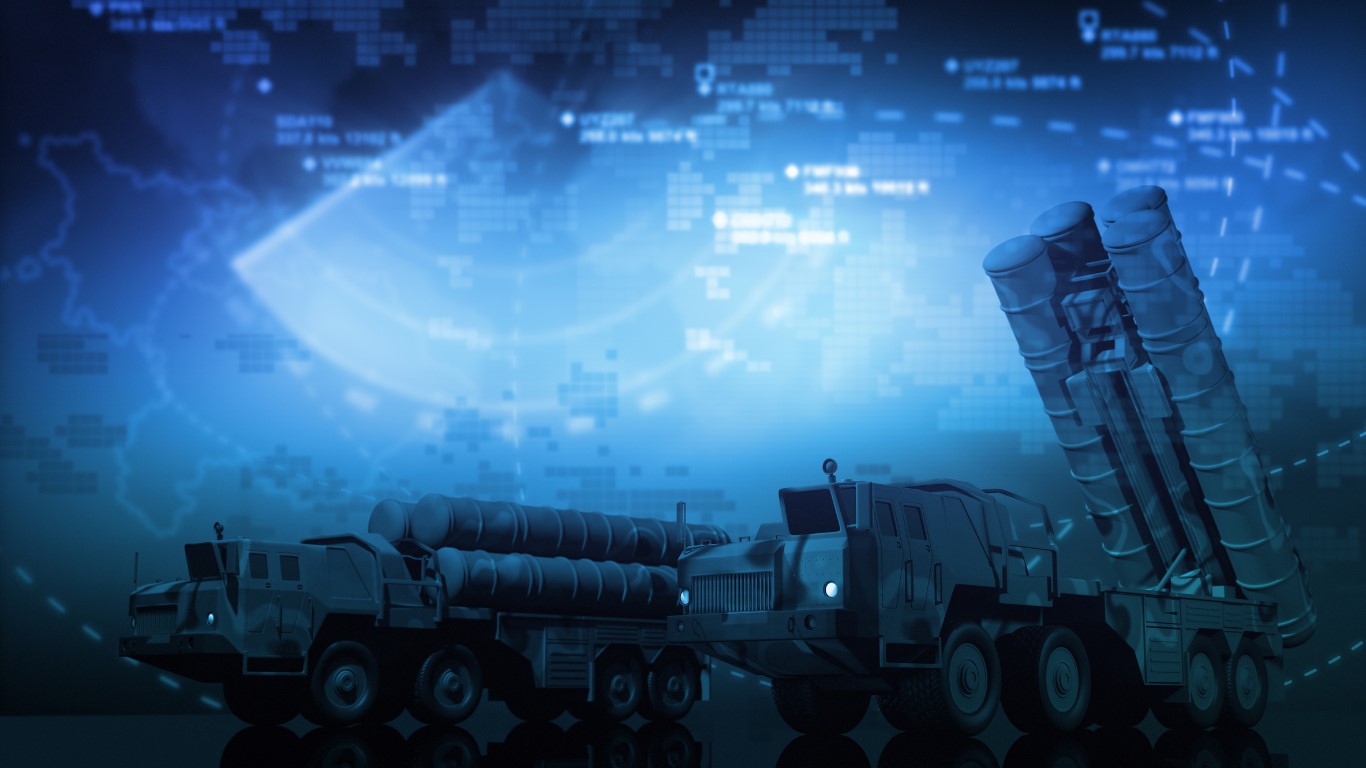May 3, 2024
The use of open-source intelligence (OSINT) in modern warfare is changing the way wars are fought as a key component of the rapidly growing Digital Intelligence ecosystem.
Digital Intelligence has evolved into a vital tactical, operational, and strategic capability across the defense enterprise. Whether comprised of misinformation, disinformation, or factual data sets, Digital Intelligence offers insight into adversaries and civilian populations when properly filtered and analyzed. It can reveal intentions, capabilities, locations & movements, technical data, human terrain, deception operations, and more.
For instance, Ukrainian military intelligence are routinely using social and news media posts to collect information about their Russian adversaries, fusing it with other sources of intelligence, and deliver more timely and accurate targeting decisions. Digital Intelligence undeniably helped forecast and track the Russian invasion of Ukraine in 2022, often delivering accurate intelligence before other methods of collect, assisting Ukraine in effectively holding Kyiv.
Equally in more ambiguous areas of geopolitical competition such as in complex counterterrorism and counter-insurgency environments, Digital Intelligence products often sit at a classification level easily shareable with diverse partners offering vital local context to assessments. Furthermore, Digital Intelligence can be utilized for Digital Reconnaissance to help direct sensitive capabilities or assets and, in many cases, can be used to emulate intelligence gained from sensitive collect.
To fully leverage Digital Intelligence, defense agencies must move beyond outdated and self-imposed presumptions and biases such as that OSINT only consists of online search and is only used to track social media. OSINT can provide rich intelligence that can be used across the spectrum of conflict when managed by skilled analysts fusing it with other collections, everything from context and corroboration through to raw targeting data and essential socio-political understanding. It should be treated as a foundational intelligence discipline integrated with SIGINT, GEOINT, HUMINT, and other intelligence gathering disciplines – not isolated in a silo.
The future of defense intelligence demands breaking down institutional walls, harnessing Digital Intelligence as a force multiplier that can inform tactical, operational and strategic decision making at pace and scale. The security challenges posed by increasingly interconnected technologies must be addressed through interoperable intelligence capabilities and modern information-sharing tradecraft.
A single, common, widely available, artificial intelligence (AI) enhanced Digital Intelligence platform with easily shareable file formats is required to manage the huge amounts of unstructured data in a digestible way by defense enterprises with diverse mission sets.
However, currently some defense enterprises are hampered by teams operating more sensitive intelligence collection methods that tend to sit in isolation, often not accessing Digital Intelligence capabilities. At the same time, there may be a lack of Digital Intelligence expertise and awareness amongst defense intelligence analysts and decision makers.
To incentivize the development of Digital Intelligence tradecraft and modernize intelligence gathering techniques, UK military leadership can consider the following actions:
- Re-labelling OSINT as “Digital Intelligence” would be a more accurate representation of what is now possible with AI-enhanced software platforms. This would help to better reflect the current state of intelligence gathering and encourage the development of new techniques and technologies.
- Digital Intelligence analysts should be recognized as a distinct tradecraft discipline like SIGINT or IMINT analysts. Career progression within this tradecraft discipline must be available to allow retention, development, and for those with knowledge of OSINT to function as instructors for subsequent training and mentorship of nascent Digital Intelligence analysts.
- Before deploying other intelligence assets, a culture of the Digital Intelligence “Reconnaissance” should be developed. This can be used to minimize risks and maximize collection.
Cross-training is also required at the tactical level to make Digital Intelligence a standard skillset and consideration in small unit operations. How can that knowledge become second nature?
- Training tactical operators, showing what further intelligence exploits can be gathered from common identifiers found on the battlefield such as names, phone numbers, email addresses.
- Educate tactical operators of the kind of intelligence products they can receive from Digital Intelligence and exercise them in identifying opportunities on the battlefield to enhance their operational effectiveness through Digital Intelligence support. For example, Digital Reconnaissance may identify a key area to send a small UAV for IMINT reconnaissance.
- Tactical operators need to understand what is possible to form effective requests for intelligence (RFIs) from their Digital Intelligence enabled support analysts.
Consider a future where tactical operators have access to a mobile device app that allows them to search for varying identifiers on the ground. This app could be used to identify individuals, electronic devices, vehicles, locations or objects of interest in real-time. The app could leverage Digital Intelligence techniques to gather information from various sources such as online platforms, news articles, and public records.
Interconnected World Requires More Cooperation Around Digital Intelligence
Exponential growth of the digital environment requires defense enterprises to use AI to help sift through the “noise” and find the relevant intelligence insights globally. AI and large language models (LLM) are required to deal with diverse languages used. AI and LLM can hugely assist UK Defense Digital Intelligence operators and regional allies who can share intelligence and work cooperatively in support of UK Defense objectives. This technology will always be advantageous, assisting with local linguistic and cultural context.
Keeping track of emerging online platforms, messaging applications, and other digital information sources in diverse countries and regions poses significant challenges to UK Defense OSINT operators to ensure appropriate insights are available. Cooperation with regional and commercial partners is essential to have this technological intelligence and subsequent access.
The Bottom Line About Digital Intelligence
Digital Intelligence is often easily shareable both internally within UK Defense units and with allies, allowing Timely, Accurate, Relevant and Actionable intelligence where often more secret forms of collection are slower and harder to share due to the classifications held. AI driven Digital Intelligence tools with streamlined search capabilities and significantly automated analysis and monitoring capabilities are essential to deliver intelligence at scale, addressing diverse threats globally.

Matt Hope
Share:

Request a Demo
"*" indicates required fields